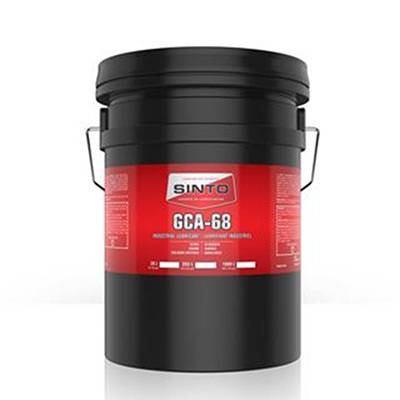Jul . 28, 2024 09:04 Back to list
How to Change a Pressure Relief Valve on Your Water Heater for Optimal Performance
Replacing a Pressure Valve on a Water Heater A Step-by-Step Guide
The pressure relief valve (PRV) on a water heater is a crucial component designed to ensure the safe operation of the unit. It protects the system from excessive pressure build-up, which could lead to leaks or, in severe cases, an explosion. If you notice leaks around the valve, or if your water heater is making strange noises, it might be time to replace the pressure valve. Here’s a guide on how to do it safely and effectively.
1. Gather the Necessary Tools and Materials
Before you start the replacement process, ensure you have all the necessary tools and materials. You will typically need
- A new pressure relief valve (make sure it’s the correct type and size for your water heater) - Pipe wrench or adjustable wrench - Teflon tape or pipe joint compound - Bucket or container for any dripping water - Towels or rags for cleanup - Safety goggles and gloves
2. Turn Off the Water Heater
Safety should always be your first priority. Begin by turning off the power supply to the water heater, which may involve switching off the circuit breaker for electric heaters or turning the gas valve to ‘off’ for gas heaters. Next, turn off the cold water supply to the heater. This is usually done by closing the valve located on the cold water inlet pipe.
3. Drain the Water Heater
To avoid any water spillage, it’s advisable to drain some water from the heater. Place a bucket beneath the drain valve at the bottom of the tank. Open the drain valve and let a few gallons of water out. Additionally, it can help to open a hot water tap in your home to allow air into the system, which will facilitate smoother draining.
4. Locate the Pressure Relief Valve
The pressure relief valve is typically located near the top of the water heater or on the side. It is a brass valve with a lever on top that usually may have a short pipe extending down from it. Carefully inspect the valve for any visible signs of damage or significant mineral buildup.
replacing pressure valve on water heater

5. Remove the Old Pressure Relief Valve
Using a pipe wrench, carefully unscrew the old pressure relief valve. If it feels stuck, be cautious, as using too much force may damage the pipes or fittings. Once it’s loose, remove it completely and allow any remaining water to drain out.
6. Install the New Valve
Before installing the new valve, wrap Teflon tape around the threads of the valve to ensure a tight seal. Screw the new pressure relief valve into place by hand, and then tighten it gently using the wrench. Be careful not to overtighten, as this can cause damage.
7. Refill the Tank and Restore Power
With the new valve securely in place, you can now close the drain valve and begin filling the tank with cold water by reopening the cold water supply. Monitor the new valve for any leaks as the tank fills. Once the tank is full, restore power to the heater.
8. Test the New Valve
Finally, it’s essential to test the new valve. You can do this by lifting the lever on the valve briefly. This action should release some water, which confirms that the valve is functioning correctly. Ensure no water leaks from the installation area.
Conclusion
Replacing the pressure relief valve on a water heater may seem daunting, but with the right tools and precautions, it can be a straightforward task. Regular maintenance of your water heater, including monitoring the pressure relief valve, can help extend the life of the unit and ensure its safe operation. Always prioritize safety, and don’t hesitate to consult a professional if you’re unsure about any step in the process.
-
Why Metric Trapezoidal Thread is Ideal for Precision Motion ControlNewsAug.05,2025
-
The Unique Properties of a Block of Granite for Industrial UseNewsAug.05,2025
-
The Role of Flanged Y Strainers in Preventing Pipeline ClogsNewsAug.05,2025
-
The Importance of Regular Calibration for Master Ring GagesNewsAug.05,2025
-
How a Cast Iron Surface Table Enhances Accuracy in ManufacturingNewsAug.05,2025
-
Comparing Different Check Valve Types for Optimal Flow ControlNewsAug.05,2025
Related PRODUCTS









